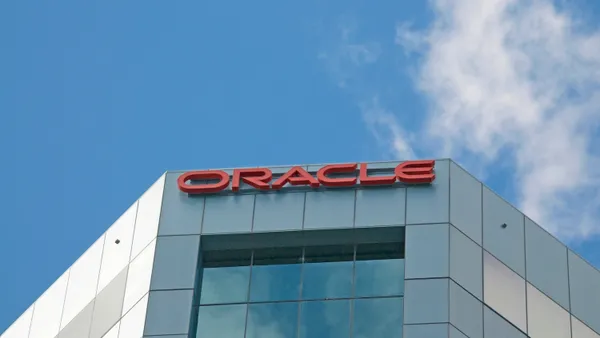Flexible technology architecture has become a requirement of any modern enterprise. Implementing a multi-cloud strategy certainly facilitates cost negotiation and supplier risk management, but it often comes at a cost. Data orchestration across clouds may complicate privacy governance, exacerbate fragmentation, and generally complicate the data science lifecycle.
So how can CIOs keep things simpleand safe across clouds? It begins with connecting high priority data and seamlessly facilitating data connection across clouds. Fortunately, neutral third-party solutions can provide the interoperability they need, helping to maximize data utility while mitigating risk. CIOs should look for the following capabilities in such a provider:
- Math-based privacy. IT leaders have a tremendous responsibility to safeguard data. But not all data tooling is made equal - CIOs should look for math-based approaches to privacy as opposed to trusting legal mechanisms in isolation. Data use agreements alone are not sufficient.
Making a data table private requires two core capabilities: hiding raw data and preventing analytics results from exposing raw data. Common techniques such as masking and hashing protect raw data, but only recently available technologies have emerged to prevent exfiltration. These math-based techniques ensure data analysts cannot use queries or machine learning to expose personally-identifying information, preventing reverse-engineering. Query thresholds, differential privacy, secure multi-party computation, and attack-based evaluation are notable examples.
- Data federation. Federation is an analytics construct that lets analysts conduct SQL queries and advanced analytics without having to centralize data to a single data location. This means analysts can utilize data across clouds, borders, enterprise partners, and internal data silos as if the data were in its own warehouse. Federation fosters privacy, security, the protection of intellectual property, and the cost savings of avoiding constant copy and transfer.
- Data resolution at scale. Marketers, for example, will be eager to conduct analytics for customer segmentation and measurement, but they may find it challenging to glean insights from variant data sets across clouds. Data is most often not standardized, and ever-changing identifiers and channels complicate the matter further. CIOs should look for built-in, privacy-first identity solutions to maximize the value of data.
- Tools to quicken time-to-value. Data connection can be simple. Look for vendors who can abstract away complexity, providing expertise in legal, data ethics, and infrastructure. Selecting a provider that focuses on privacy will help CIOs build trust with data governance stakeholders who are - and should be - gatekeepers in the procurement and implementation lifecycles. It would also facilitate data exchange with partners, who naturally must protect their own data. Perhaps paradoxically, speed-to-value requires solutions that are cautious.
Within the fast-growing cloud market, jockeying providers are naturally incentivized to build products and implement processes that promote consolidation on their own platform. CIOs looking to build a multi-cloud architecture should, therefore, protect their needs from vendor lock-in or deprioritization. For many jobs-to-be-done, such as data exchange across companies, a neutral third-party solution may be the right choice to facilitate cross-cloud connectivity.
Learn more about how LiveRamp can help your organization make the most of a multi-cloud approach without compromising flexibility or simplicity.










